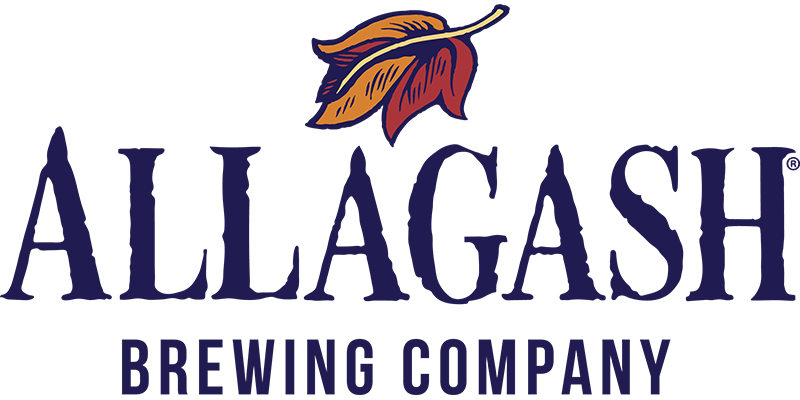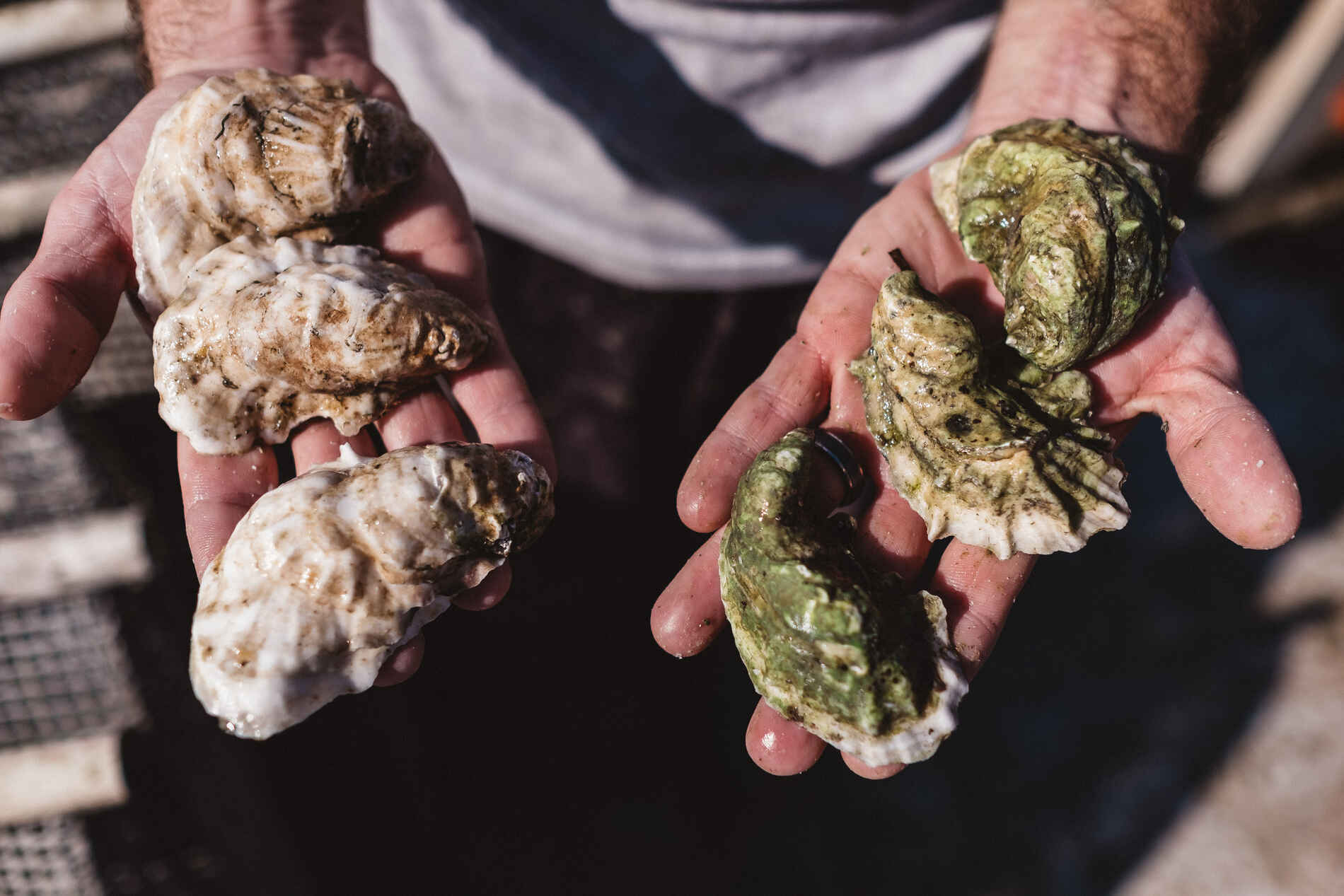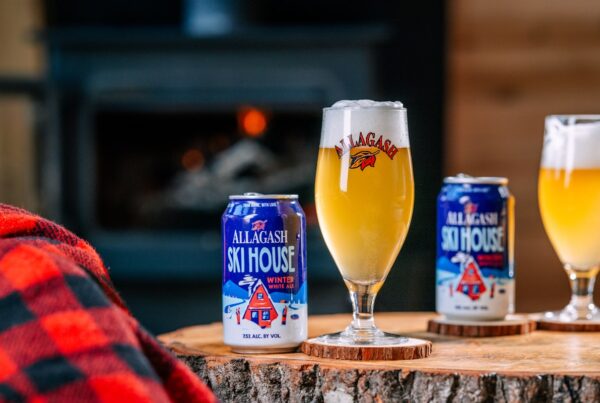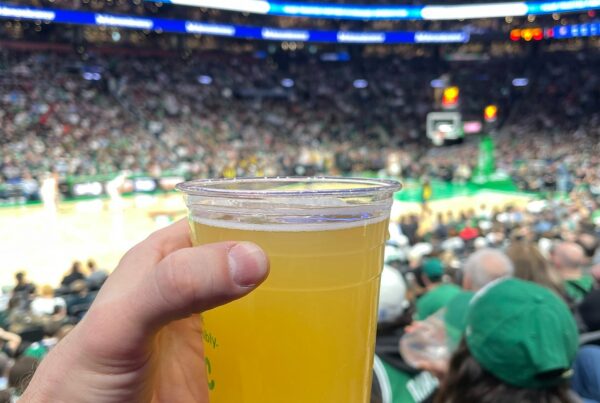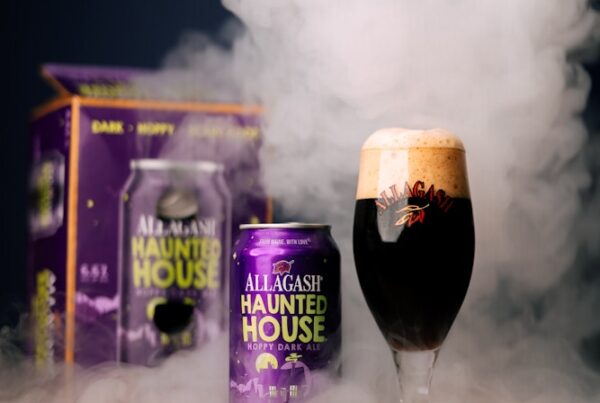To celebrate peak oyster season, we wanted to cram everything you needed to know into one post about oysters. Because, as you’ll see, right now is the optimal time to pair a beer with a briny bivalve.
Before the winter months, oysters are storing up all sorts of fats and sugars to prepare them for the cool times ahead—making them meatier and more flavorful than at any other point in the year. Make no mistake, we eat oysters year-round, so any reason to eat an oyster is a good reason.
What is an oyster?
To start, oysters are grown almost like a plant. They’re submerged in screened bags and feed by filtering the surrounding water. So as long as they’re receiving fresh, microbiota-filled water, they’ll be growing—which is why you find many oyster farms on rivers, or in bays with good tidal action. Fun fact, one grown oyster filters around 50 gallons of water, per day. Fifty gallons! Multiply that by the hundreds of thousands of oysters that you’ll find on a single farm, and you have quite a bit of natural water treatment—a huge reason why oysters are a sustainable and ecologically beneficial food source. Maine oysters take about two full years to grow to market size—where in warmer climates they only take around a year. Because oysters are very temperature dependent, that means that during warmer months they’ll grow significantly, only to slow down to a crawl in the colder season.
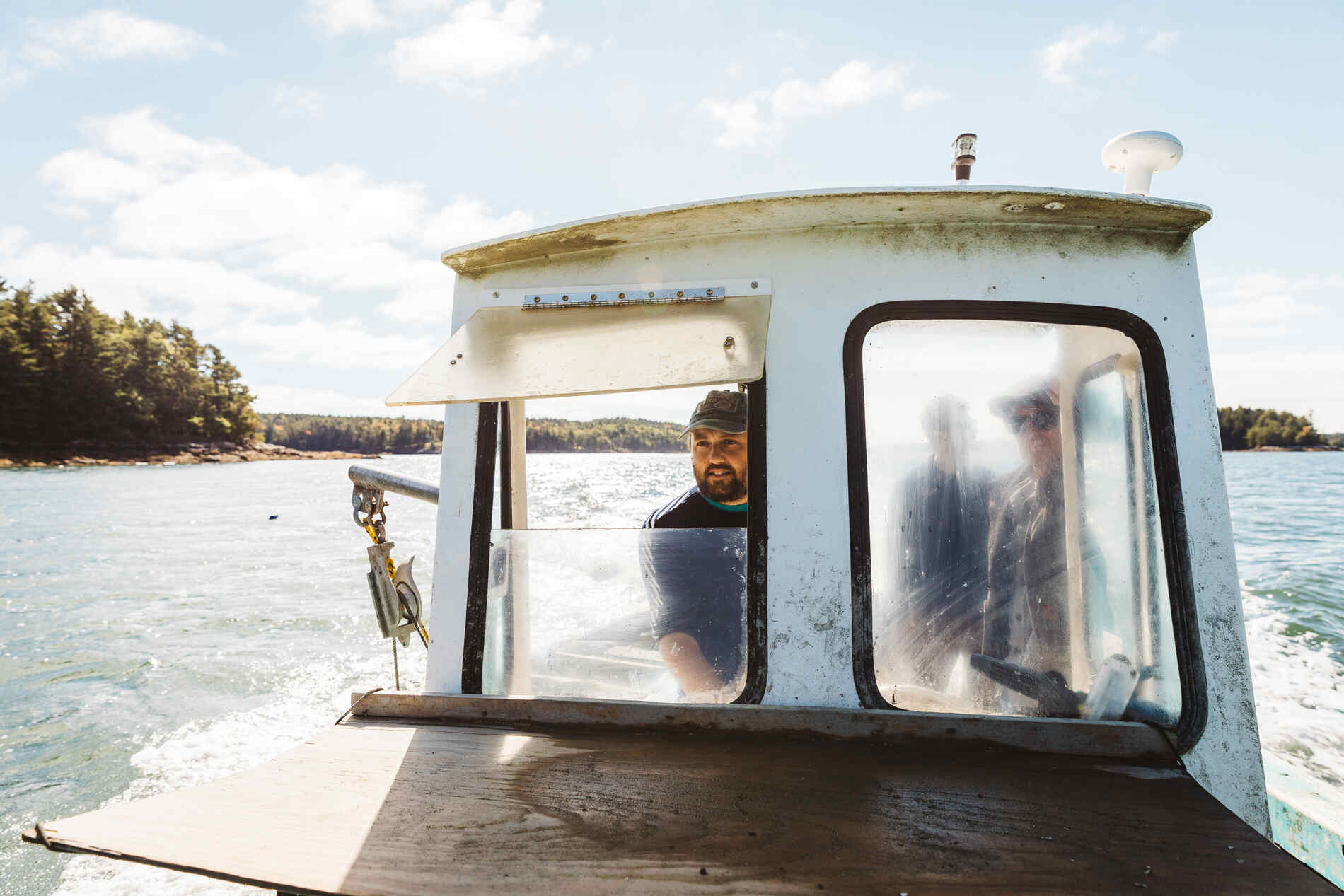
Jordan, of Winnegance oysters, took us out for a late-fall cruise of his plot.
If you didn’t already guess, oysters are hugely influenced by where they’re grown. In fact, just about all the oysters grown on the east coast are the same species. It’s simply where they’re planted that creates such a wild array of end results. We recently visited two local oyster farms to see what made their oysters different from the rest.
Some Specific Oysters we Love
Jordan—the owner and sole employee at Winnegance Oyster Farm—grows his oysters on the New Meadows River in West Bath, Maine. Thanks to his biology background, Jordan is doing more than just oysters out there. He has some experimental bags down with littleneck clams, bay scallops, and even sea urchins. His oysters, however, are far from experimental.
Winnegance oysters have a beautiful balance of flavor. You’ll find a hint of that signature Northeast brine, but you’ll also find some great sweetness from the meat, as well as a subtly vegetal quality from the river itself. They really are stunning oysters to enjoy (especially with a sip of cold Tripel).
Basket Island is a slightly larger operation. Just north of Portland, off of the Royal River, Basket Island grows two kinds of oysters: Basket Island and Wolf Neck. Basket Island oysters are planted off of Basket Island on Casco Bay, while Wolf Neck oysters are planted a bit further north on a 1.2-acre lease near Littlejohn Island.
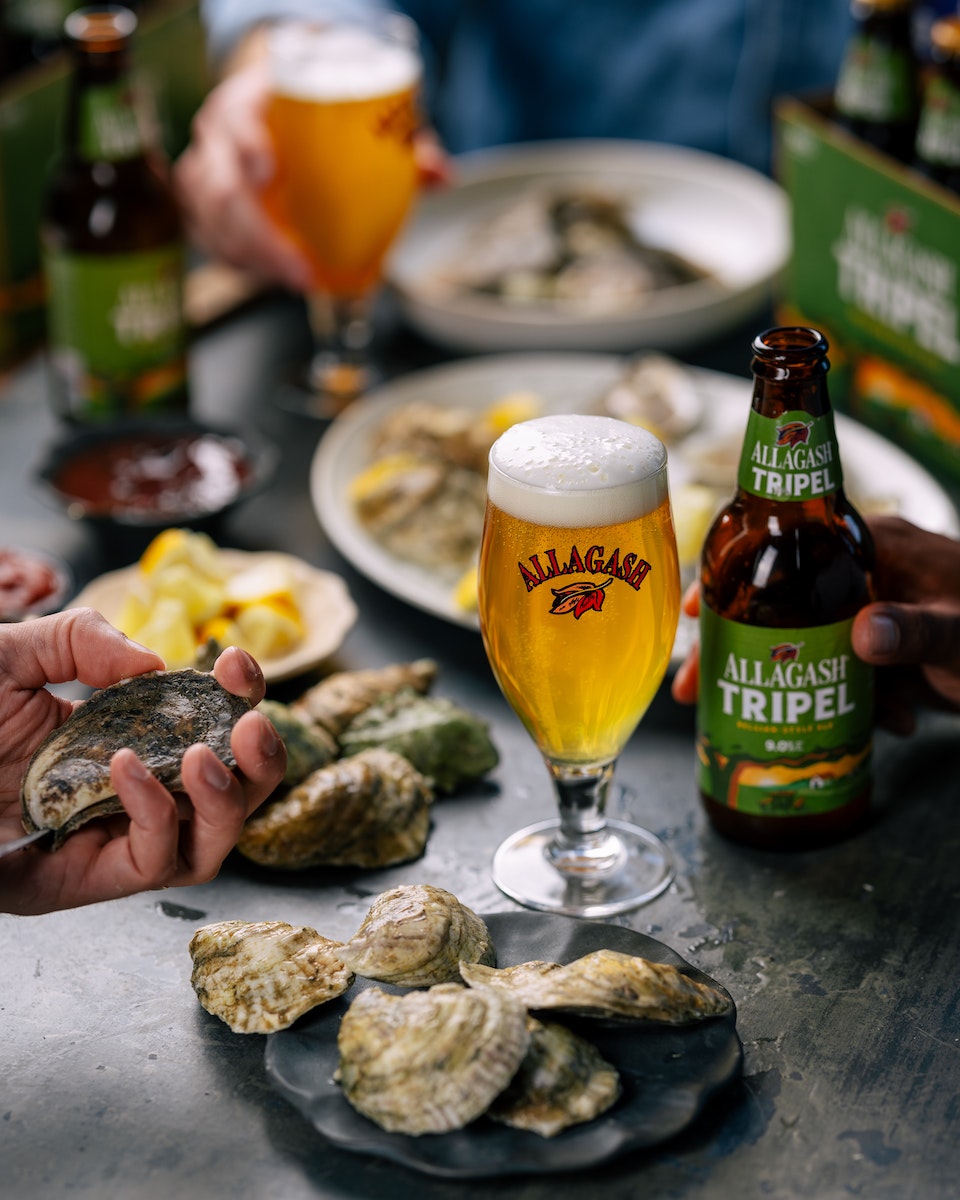
Tripel and oysters fresh from the sea: the perfect pairing.
Basket Island oysters have solidified their place as a quintessential Maine oyster. Their flavor is classic Northeast salinity with a perfect cup size: ample but not overwhelming. Wolf Necks have a whiter shell color, and come with a hint more oceanic taste to their liquor—they’re an absolutely perfect oyster for a sunny fall day.
Oysters and Beer
Why do we love oysters so much? Because we love to pair them with our beer. For our money, there’s almost no better pairing that a dozen fresh oysters with some cold and effervescent beer. The two complement each other so well. Start with an oyster and you get the salt and subtly sweet flavor of the meat. A sip of beer not only balances it with a hint of perceived sweetness, but the beer’s carbonation actually acts to wipe the palate clean, preparing you for that next oyster—and on and on.
So, you might be thinking right now, “I could go for an oyster.” Good! We’ve got everything right here to prepare you for an oyster celebration all by yourself. If you’re hesitant about oyster shucking: we actually wrote an entire blog about shucking. We swear, it’s not as intimidating as it looks. And if you’re looking for pairing suggestions to do an oyster and beer tasting in your own at home, you can check out this blog right here.
Happy oyster season!
